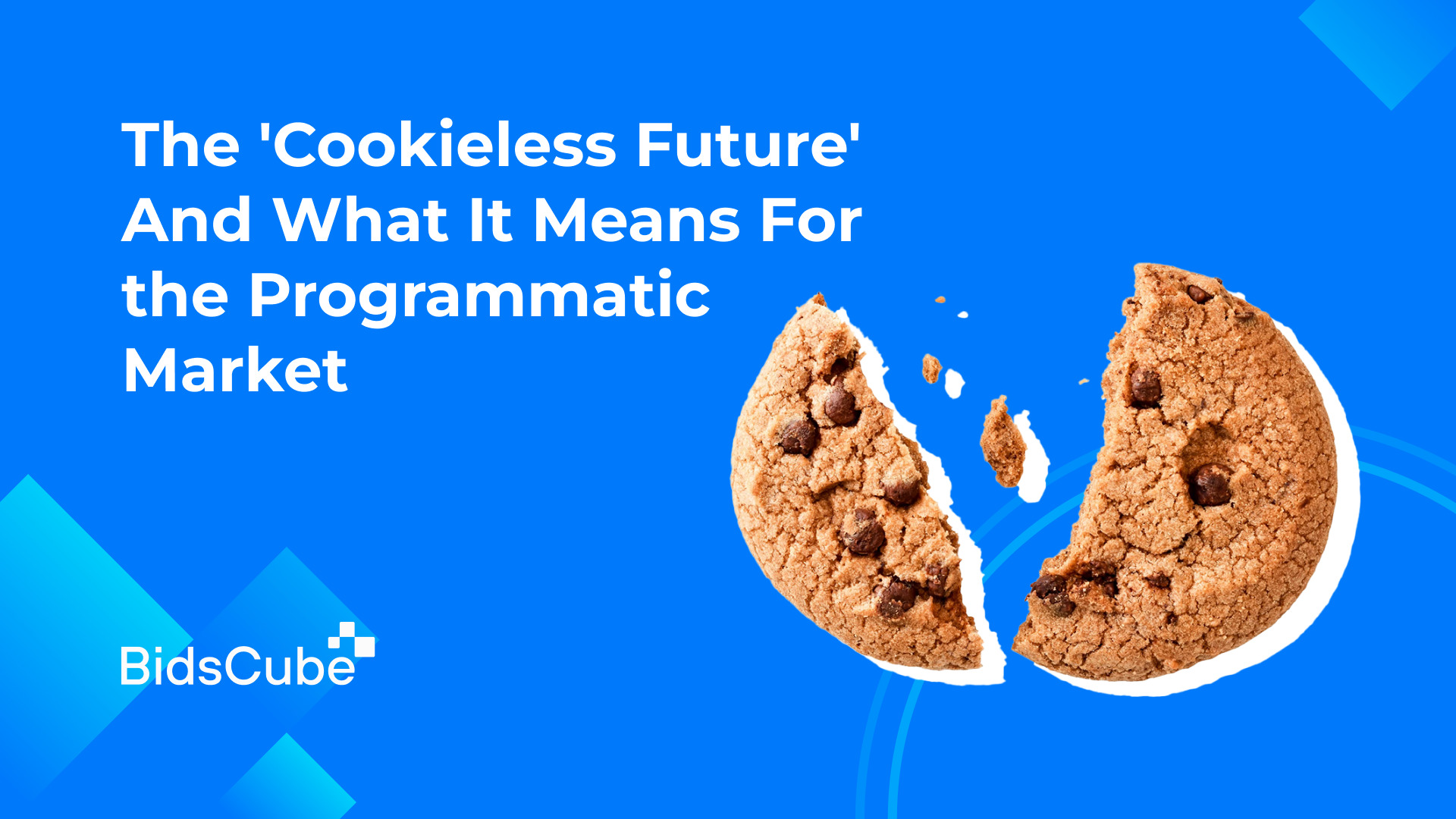Third-party cookies no longer seem to be the best advertising technology. In the new era of Internet development, users care more about their data safety and don’t want to be watched by marketers all the time. Microtargeting’s efficiency, in general, is getting questioned, and the web might go for other strategies. Is there anything to replace third-party cookies?
How Were Cookies Related To Programmatic Ads?
For many years, the success of the digital marketing industry relied on cookies, which are light files stored on the user’s device permanently or temporarily. They can be usernames, passwords, or other personal data related to your specific computer. This technology allows marketers to identify users and build a more efficient advertising campaign based on users’ interests and requests.
Nuances of cookie technology changed through the years, and now few are used.
- The first-party cookies are the ones that are placed on the domain. They appear when a user does an action on the website.
- The second-party cookies get transferred between two companies via the data partnership agreement. To be concise, they are not cookie files in the straight meaning.
- The third-party cookies appear with the help of other resources, such as integrated code. For example, it is how Google Analytics service works.
A Brief History of the Third-Party Cookie Phase-Out
For the last decade, third-party cookies have played a significant role for marketers. Advertising campaigns became more and more unique and concise. Users loved them too because they allowed saving time on entering login and password and other simple actions.
However, the general level of cyber literacy has increased, leading to issues. Now everyone pays a lot more attention to confidentiality online. The data can get used by aggressive advertisers or get stolen maliciously.
Even governments understood the importance of data protection and took measures. Now some protective papers exist to keep information private. General Data Protection Regulation (GDPR) is the leading European document that explains how companies should treat personal data. Anyone who sells goods or services to European citizens must obey its principles:
- safe and limited storage;
- minimum of information;
- target limitations;
- transparency;
- legitimacy.
There are other points; for example, they forbid processing data that can reveal ethnic background, political and philosophical views, and unambiguous identification of a person.
Cookies can be easily stolen or collect information forbidden by this document, sowhich means their popularity will might decrease in the next few years. Even if a company doesn’t use the mentioned kinds of data, just storing them can be risky. The market started seeking more confidential and profitable alternatives.
Programmatic Advertising Without the Third-Party Cookie
After the third-party cookie phase-out started, the market switched to other ways to identify users and work with their data. The first development came from Google Privacy SandBox. It contains a series of smaller initiatives for user targeting that put privacy first. Ideas come not only from the Google team but from other market players as well. It provides different approaches and, as a result, solutions that fit advertisers’ and users’ needs.
The first project in the Privacy SandBox is FLoC or Federated Learning of Cohorts. It is AI-based, and it provides 95% of cookies efficiency. The main principle is to share information about the audience segments instead of collecting their data personally using advertising ID.
Another initiative is named the Topics API, which deals successfully with FLoC’s privacy issues. In this project, websites have a topic definition, and users will get ads from specific categories. The actual topic choice relies on requests and websites watched through the last three weeks.
What’s Next?
So what can we expect the market to do? There are some prominent trends to watch out for next year:
- Contextual advertising is a familiar yet efficient technology for displaying ads on related websites and channels. It allows you to escape all safety threats because you don’t need personal data.
- Universal IDs, or Fingerprinting technologies, allow tracking users anonymously without safety risks with only the information about the device and browser characteristics.
How will the web act in the ‘Cookieless Future’? The first and primary aspect is user safety. Site owners must change their methods, such as maintaining login sessions via cookies and choosing universal IDs or others. Finally, marketers must work with first-party data-collecting methods and change their longstanding strategies. The efficiency of alternative technologies still needs improvement, but new effective ones keep appearing every day. To prepare for the ‘Cookieless future’, companies should use alternative identifiers and start the transition right now. The first companies to apply new approaches will probably have a significant advantage in the market.

